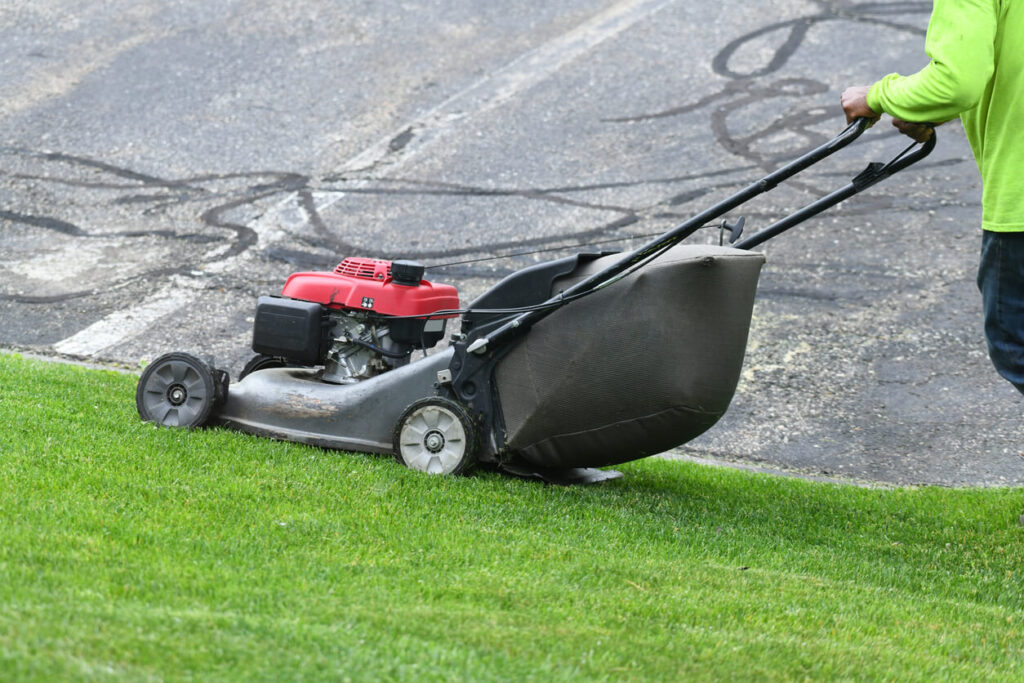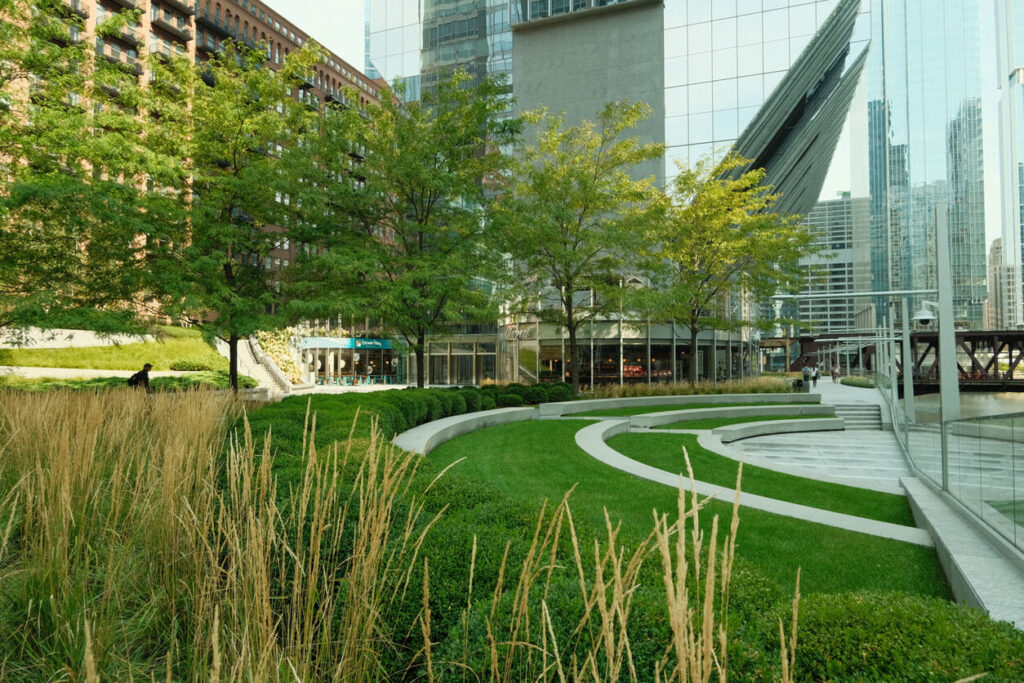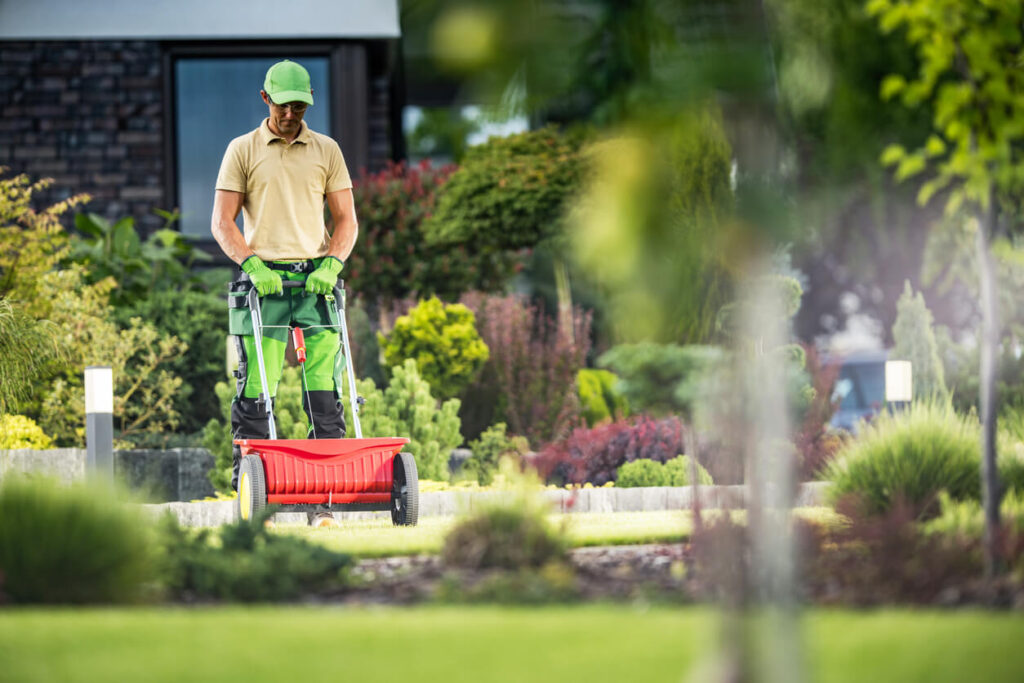Selecting the appropriate plants for the specific soil type of your commercial property is essential for achieving a successful landscaping project. This decision impacts not only the aesthetic value but also the sustainability and maintenance efficiency of your landscape. In this guide, we’ll dive into Commercial Landscaping soil tips, exploring how different soil types influence plant choice and how understanding these nuances can lead to a healthier, more vibrant landscape environment for businesses and large properties.
Commercial Landscaping Soil Types and Their Impact on Plant Health
Successful commercial landscaping begins with a thorough understanding of the soil types present on your property. Each soil type has unique characteristics that influence water retention, nutrient availability, and pH level, all of which are crucial for plant health and growth. Here’s a breakdown of common soil types and how they can impact your landscaping choices:
Sandy Soil
- Characteristics: Sandy soil is coarse-textured, drains quickly, and does not hold nutrients well.
- Planting Tips: Choose plants that thrive in well-drained conditions and consider using organic amendments to improve nutrient retention. In addition, deep-rooting plants can also help stabilize this soil type.
Clay Soil
- Characteristics: Clay soil is dense, has fine particles, and retains moisture and nutrients for a long time, which can lead to waterlogging.
- Planting Tips: Opt for plants that tolerate wet conditions and improve drainage by mixing in sand or organic matter. Raised beds can also prevent waterlogging and root rot in clay soils.
Loamy Soil
- Characteristics: Loamy soil is ideal because it balances sand, silt, and clay, offering good drainage and nutrient retention.
- Planting Tips: Most plants will thrive in loamy soil. Regular maintenance to ensure soil health, including proper fertilization and pH adjustments, will help maintain its quality and structure.
Peaty Soil
- Characteristics: Peaty soil is rich in organic matter and retains a large amount of moisture, making it highly fertile but prone to waterlogging in wet conditions.
- Planting Tips: Suitable for a wide range of plants, especially acid-loving ones. However, it’s important to manage water levels carefully and amend with materials that improve aeration and drainage.
Saline Soil
- Characteristics: Saline soil contains high levels of salts, which can hinder the growth of many plants by affecting the uptake of water and nutrients.
- Planting Tips: Choose salt-tolerant plants and consider leaching the soil with large amounts of water to reduce salt content.
Best Practices for Commercial Landscaping Soil Testing and Analysis
To make informed decisions about which plants to select and any soil amendments that you might need, performing a soil test is essential. Importantly, soil testing provides valuable information about the pH level, nutrient content, and textural class of your soil, which can guide your landscaping strategies:
- Conduct Regular Soil Tests: Schedule professional soil tests periodically to monitor changes in soil health and fertility.
- Use the Results to Guide Amendments: Based on the test results, you may need to adjust the pH or add specific nutrients to create the optimal growing environment for your chosen plants. Additionally, these insights allow for precise adjustments, ensuring that your efforts are as effective as possible.
- Consult with Landscaping Professionals: Collaborate with landscape architects or agronomists who can interpret soil test results and recommend appropriate plant species and soil amendments. Furthermore, their expertise can provide a deeper understanding of how to best approach your landscaping project.
Choosing the Right Plants for Different Soil Types
Selecting the right plants for the specific soil types found on your commercial property is crucial for landscape success. Different plants thrive under different soil conditions, and matching them correctly can lead to healthier plants and a more sustainable landscape.
Native Plants and Their Benefits
- Adaptation to Local Conditions: Native plants are ideally suited to the soil and climatic conditions of their natural habitat.
- Ecological Balance: Using native plants helps maintain local biodiversity, supporting native wildlife, including pollinators such as bees and butterflies.
Plant Selection Based on Soil Type
- Sandy Soil: Opt for plants that are drought-resistant and can thrive in well-drained conditions. For instance, include lavender, rosemary, and various native grasses adapt to the low water retention of sandy soils.
- Clay Soil: Remember, to choose plants that can handle wet roots and slower drainage. Willow trees, asters, and ferns are good choices.
- Loamy Soil: This soil type is the most versatile, supporting a wide range of plants. From large shade trees to flowering shrubs and vegetable gardens, loamy soil can support rich, diverse plant life.
- Peaty Soil: Ideal for acid-loving plants like camellias and rhododendrons, peaty soils are rich in organic matter and retain moisture well, which can be particularly beneficial during hotter months.
- Saline Soil: In areas with saline soil, consider salt-tolerant species such as daylilies, sea lavender, and cordgrass, which are particularly relevant in coastal areas.
Implementing Soil-Specific Planting Strategies
- Consultation with Experts: Working with landscape designers or horticulturists who understand local conditions and plant-soil interactions can be invaluable. Above all, they can provide tailored advice and help design a landscape that meets both aesthetic and functional needs.
- Testing and Adjustments: Regular soil testing can reveal changes in pH, salinity, and nutrient levels, guiding ongoing maintenance and planting decisions. In addition, adjusting soil properties through amendments or choosing different plants may be necessary as soil conditions evolve.
- Ongoing Maintenance: Regular upkeep, such as mulching, pruning, and monitoring for pests and diseases, remains important. Remember, even with the perfect match of plants and soil, attentive care ensures your landscaping remains a valuable asset.
Maintaining Your Landscape: Long-Term Strategies for Soil and Plant Health
Above all, once you’ve successfully chosen and planted the right plants for your soil type, maintaining the health of your landscape is crucial. Remember, long-term care ensures that your commercial property continues to benefit from its well-planned landscaping.
Routine Soil Care and Monitoring
- Regular Soil Testing: Conduct soil tests every one to two years to monitor nutrient levels, pH balance, and other soil conditions. Note, this ongoing assessment helps you adjust your maintenance strategies to meet the changing needs of your soil and plants.
- Soil Amendments: Based on soil test results, apply necessary amendments to maintain soil health. For example, this could include adding organic matter to enhance nutrient content, using lime to adjust pH, or incorporating sand to improve drainage in clay-heavy soils.
Irrigation and Mulching
- Efficient Watering Practices: Implement an irrigation system that meets the specific water needs of your plants without overwatering. For example, drip irrigation systems are particularly effective for providing slow, steady water that optimizes moisture levels and reduces waste.
- Mulching: Apply mulch around your plants to help retain soil moisture, suppress weeds, and improve soil quality.
Pruning and Pest Management
- Regular Pruning: Keep your plants healthy and well-shaped with regular pruning. Above all, removing dead or diseased branches helps prevent the spread of pests and diseases and encourages productive growth.
- Integrated Pest Management (IPM): Use an integrated pest management approach to control plant diseases and pests with minimal environmental impact.
The Expert Commercial Landscaping Soil
In conclusion, keeping your commercial landscape in top condition requires ongoing effort and attention to detail. Remember, by understanding and implementing these maintenance strategies, you can enjoy a beautiful and functional outdoor space that enhances your property for years to come.
Don’t let your investment in landscaping diminish over time. Contact Fischer Landscaping for expert advice and professional maintenance services that keep your commercial property looking its best.




